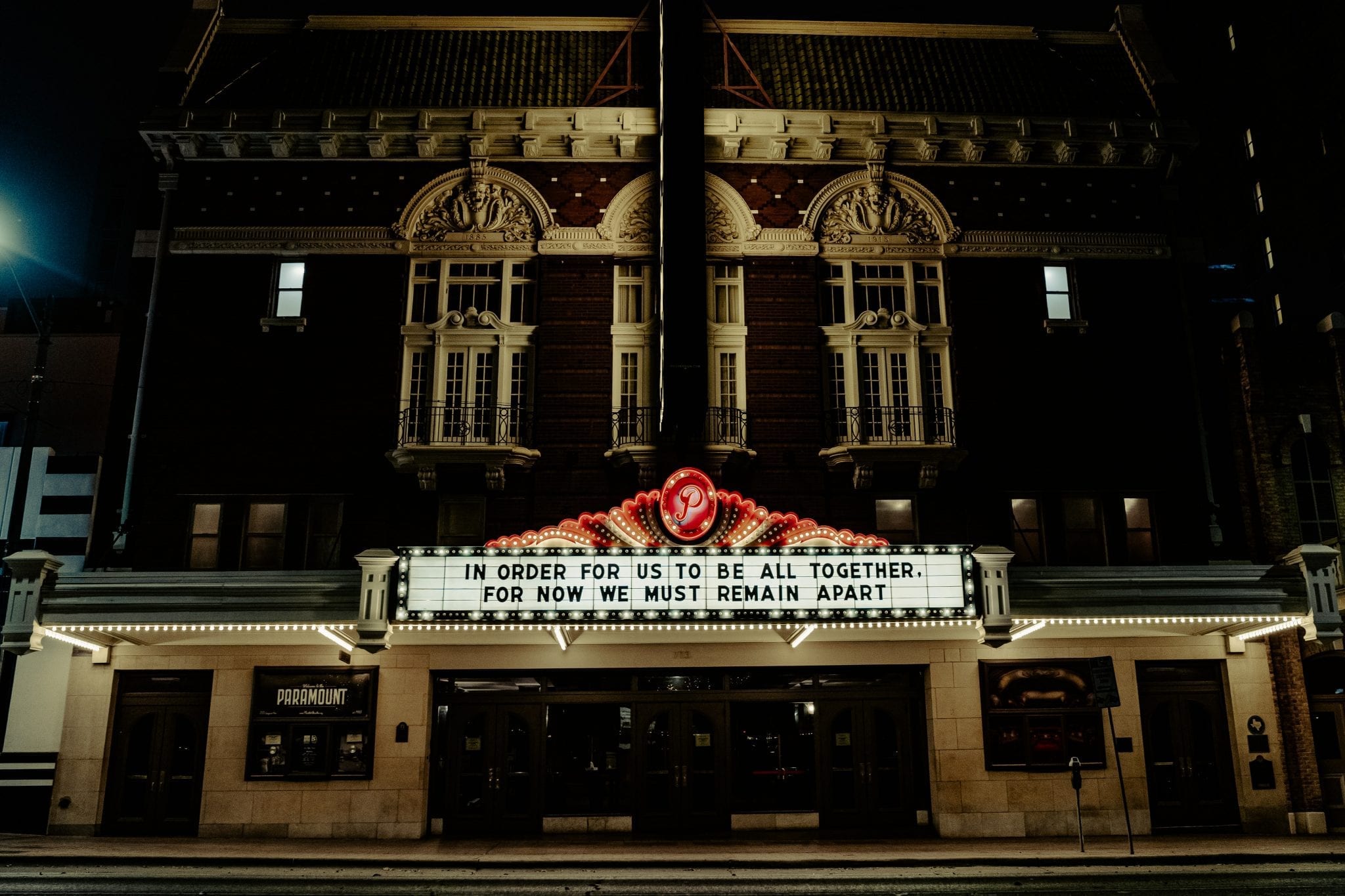As another lockdown means that we have to stay inside, waiting for the Coronavirus infection rate to drop, so too must theatre fans resign themselves to be away from the beloved auditoriums for a little longer. It’s a sad fact, especially since we were so close to new productions. The National Theatre was set to return with a sequel to Clint Dyer and Roy Williams’ The Death of England, the West End was cautiously reopening with productions such as Adam Kay’s This Is Going To Hurt and the musical Six, and an immersive production that I had been looking forward to seeing since March has been postponed until January.
However, as our theatre scene suffers the blow of a second national lockdown, it may be worth taking note of another country whose theatres have remained open during their second wave: South Korea. Despite having cases rise in the middle of August to heights of 440 a day, their theatres remained open without mass contagion or outbreaks, reclassified as essential services, even though there have been cases of people attending the theatre only to test positively afterward. What is the secret here, and how can U.K theatres learn it?
Well, one key component to the theatres remaining open is rather obvious; mass testing of cast members, theatre crews, and entire audiences have allowed theatre productions to remain open, even back in March when lockdowns were going into effect all over Europe. When two members of a touring production of The Phantom of the Opera tested positive at the end of March, all audience members who attended the production in the previous two weeks were immediately tested, with thankfully all 8,578 members testing negative. The production was then able to resume performances from the 23rd of April.
They were able to do this because of the effective track and trace system used in South Korea, which is able to upload positive tests of COVID-19 to a database and then reach and contact over 100 recent contacts, according to the director of the Korea Disease Control and Prevention Agency, Kwon Dong-Hyuk.
Finally, within the theatre itself, hygiene measures are taken to ensure lower transmission rates. Thermal imaging cameras were put in place in order to take patrons’ temperatures, hand sanitizer was made consistently available, self-cleaning antibacterial door handle covers were used on all entrances, and of course, masks were worn by all staff and audiences throughout. All this resulted in instances where an attendee of a classical Mozart production, or a performance of a hit musical, could sit and enjoy a show without affecting (or infecting) those around them. These safety measures have already been implemented in The London Palladium, along with measures that have involved sucking in the air from above the building instead of from the street.
All of these examples do give signs of direction for UK theatres on how to effectively reopen with preventative measures. South Korean theatres have remained continuously packed throughout this global outbreak, with two hit musical productions of Rebecca and Dracula, maintaining a 90% audience rate even during the peak of South Korea’s peak, with minimal exposure and decisive and swift measures. Many, including famed composure and writer Andrew Lloyd Webber, have pointed to this as examples of how theatres can and should remain open during the remainder of this pandemic, a sentiment likely shared by audiences and theatre workers alike. What remains to be seen is how these same safety measures can be implemented in a country where the pandemic has been handled in a very different way.
That’s the important thing to remember here. South Korea has handled the outbreak of COVID-19 in a vastly different way than the UK, and saying that the same on the ground safety measures will work in the same way is undeserved optimism. Whilst South Korea did have a peak during February, reaching a high point of 1000+ cases a day, it has taken measures that have ensured that cases stay low ever since. A combined total of 503 people have sadly died as a result of this virus in South Korea so far. In contrast, at the time of writing, the city of London alone has reported 6781 deaths after testing positive for COVID-19. So, the reason that the majority of theatres have been able to reopen within such a short period of time is that they were able to react in such a way that reduced the threat of infection significantly.
I am happy for those in South Korea who are able to go and enjoy theatre, music, and the arts again, and I’m continuously angry to see how much of the tragedies that happened in this country as a result of this pandemic need not have happened.
Words by Mischa Alexander.
Support The Indiependent
We’re trying to raise £200 a month to help cover our operational costs. This includes our ‘Writer of the Month’ awards, where we recognise the amazing work produced by our contributor team. If you’ve enjoyed reading our site, we’d really appreciate it if you could donate to The Indiependent. Whether you can give £1 or £10, you’d be making a huge difference to our small team.
